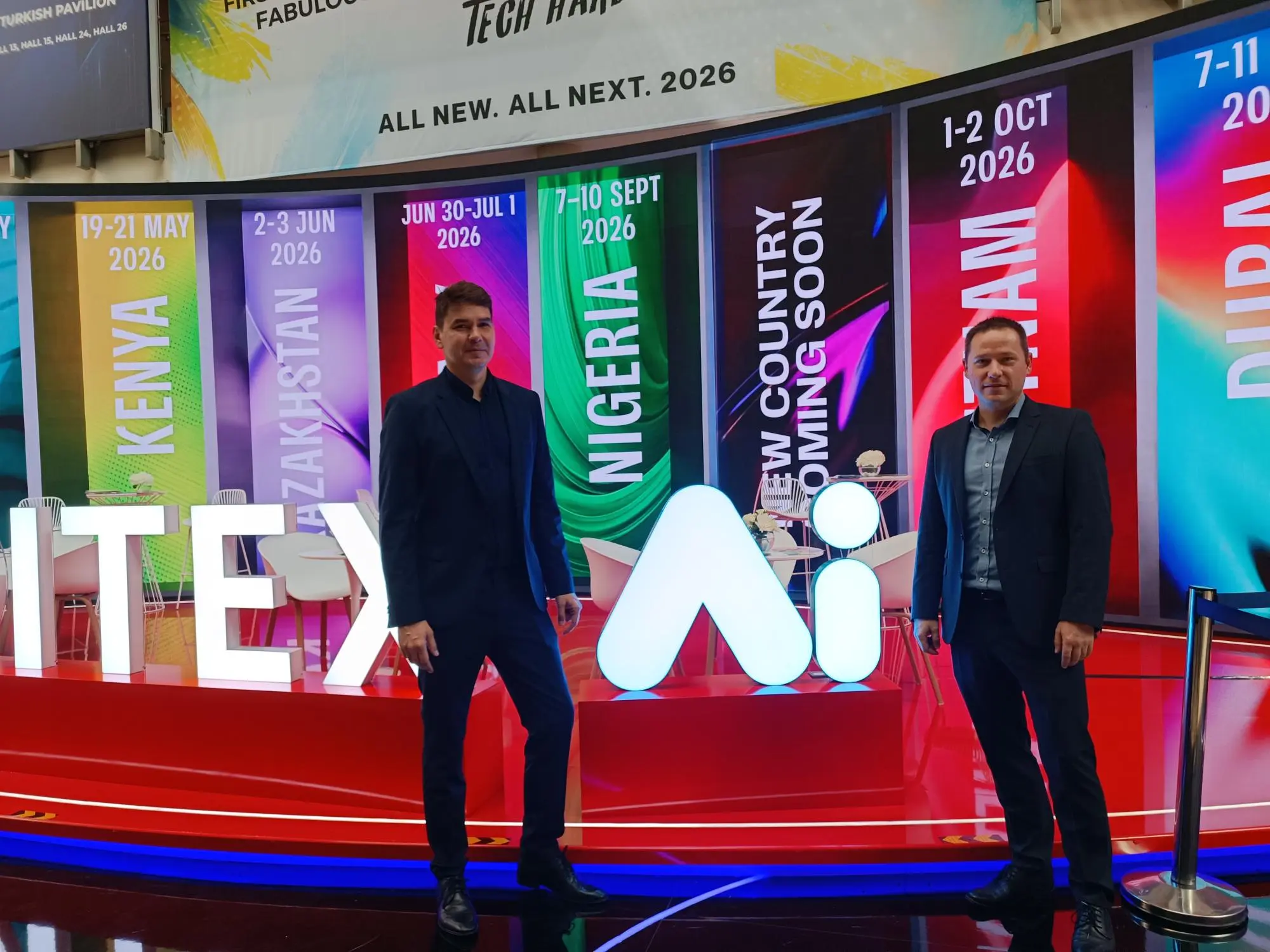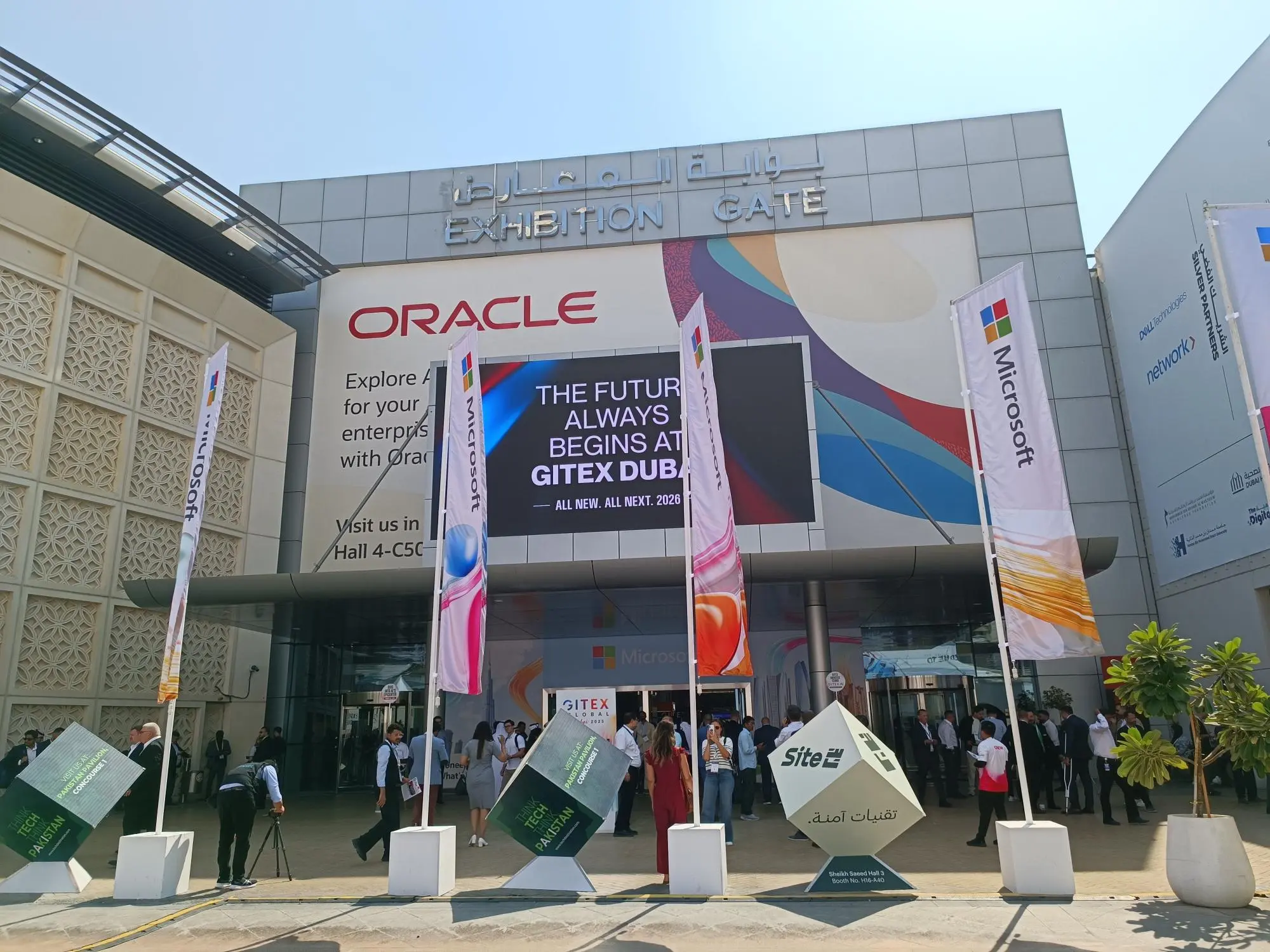Table of Contents
Summary
2024 has barely begun yet it is already the end of January again, which means we are back from NRF. This year’s show has been very busy with high number of retailer attendees and industry experts making their way to Javits Center in New York City to network, exchange ideas and learn about new solutions to challenges in retailers’ businesses.
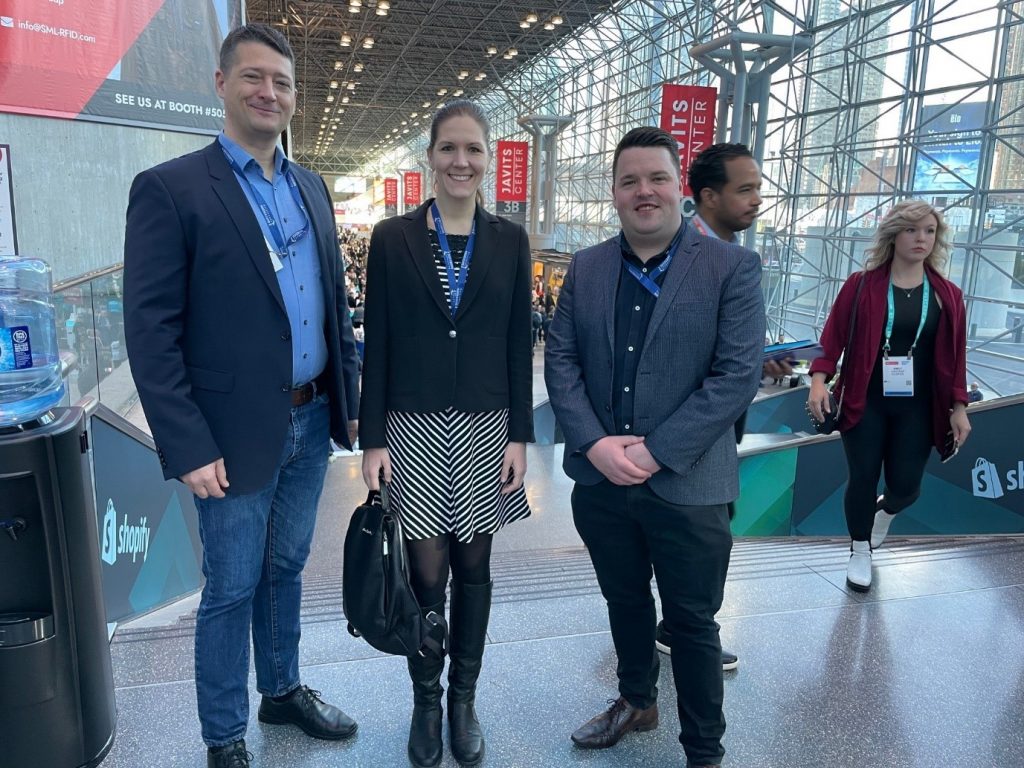
Gabor Tozser, CEO; Annamaria Bereczki, Customer Success Manager; Mark Buckley, Sales Director for EMEA
Our team has spent three busy and long days gathering
information on current trends, solutions and to get an up to date feel for the
pulse of retail globally. We have identified three core areas that our
learnings are centered on: in store solutions focusing on engaging with
customers, core merchandising capabilities and the rapidly expanding role of AI
not only in analytics but also in a much broader spectrum of applications.
In the store
This year a significant portion of the NRF upper show floor, and considerable part of the lower level, was busy with exhibitors showcasing in store hardware and software solutions for point of sale, customer engagement and in store automation solutions for shelf monitoring and traffic monitoring. Significant number of show visitors were in these booths all three days, signaling a clear rise in interest for in store technologies and solutions. The reasons for this are on the one hand having to do with an ongoing and continued recovery from COVID lockdowns, with customer engagements occurring in physical channel in increasing numbers. These interactions have grown in expectation for sophistication similar to the kind of tailored (and automated) attention customers get when shopping online, requiring retailers to invest in store technology to deliver on expectations for individualized offers, curated assortment, all driven by meaningfully individualized customer engagement in the store. From a solution perspective, all needed information for such services is actually already present in the retailer’s commerce channel, not surprisingly making it a lucrative opportunity for commerce providers to also enter the physical engagement channel, such as Shopify’s headless POS solution.
Since labor shortage continues to be a challenge, automation of in store routine procedures is also a big priority, with multiple solutions offering robotized shelf monitoring and traffic monitoring in the store.
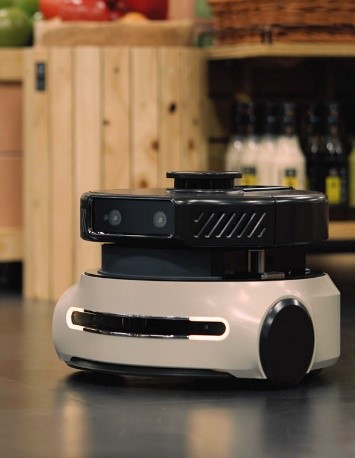
In the HQ
Retailers need to drive processes faster and with more precision and accuracy than ever before. Orchestrating sales across multiple channels requires real time and accurate inventory, keeping goods in motion to maintain the right inventory level also requires fast decision making, automation and real-time integration to ensure all logistics and supply chain partners are in step with evolving demand and inventory in the enterprise. Reliable, integrated and proven ERP systems are a must for executing with precision and speed on core merchandising functions. As always there are several choices in vendors and solutions, however, one stands out when it comes to maturity, speed to implement and speed in performance. This is Oracle Retail’s Merchandising Foundation Cloud Service (MFCS in short).
Oracle Retail has re-built its on premise retail merchandising system (RMS) to be truly cloud native (versus an on premise solution installed in a cloud server) with scalable performance, proven integration and a state of the art extensibility framework (while keeping the base SaaS solution standard), in case standard features need to be extended with unique functionalities. These capabilities, including perpetual cloud solution upgrades, make Oracle Retail’s solution a clear winner ahead of the competition in merchandising.
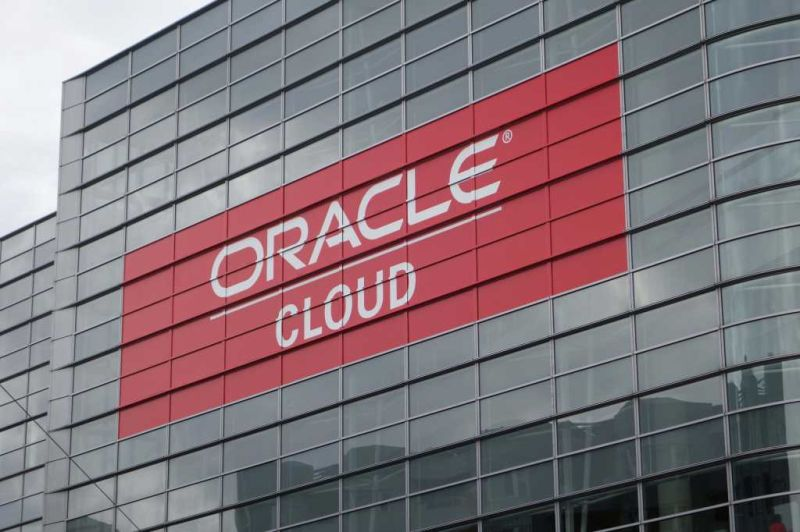
AI everywhere
As one would expect, AI was a big topic at NRF. Its applicability to all different aspects of retail is staggering, although mostly yet to be proven. Given the speed of evolution in technology however, we expect to see an accelerating rate of adoption for AI in retail both within the enterprise and also around, in the engagement with customers and partners.
Immediate areas of application of AI within the enterprise are managing corporate and brand experience, know-how and sharing that effectively with team members in the form of interactive sources of information, serving as a training guide and even as an automated testing agent to ensure information is successfully managed and shared to all members concerned. Large Language Models have proven their speed in acquiring information, organizing that information and making it readily available for queries efficiently and very, very quickly. Consider the lexical knowledge of ChatGPT on any topic ever shared on the internet.

Human voice interface
is also quickly evolving, making interacting with AI far more customer friendly
by lifting that engagement from text to voice. Imagine running a fully
automated, AI staffed first line support hotline for employees on any topic
they run into challenges with. Or a merchandising leader can query insights
into historical data by having an interactive voice conversation with the BI
system. Similarly, retailers can engage with customers in a voice call in a
rapidly scalable, autonomous and controlled capacity.
Current development
is ongoing in refining AIs interactive abilities to be more empathetic and
intuitive, notably Google
recently announcing great strides forward in this area.
Conclusion
NRF has been a busy event this year with notable buzz in the physical channel solutions, core HQ ERP applications and AI generally in everything. Our team sees big opportunities in headless POS application in store, precision execution in the retailer HQ and AI adoption growing considerably in 2024.
Contact us for a tailored analysis of your non-cloud components which might create challenges in integrations with cloud and to learn how to overcome these obstacles in your cloud journey!


